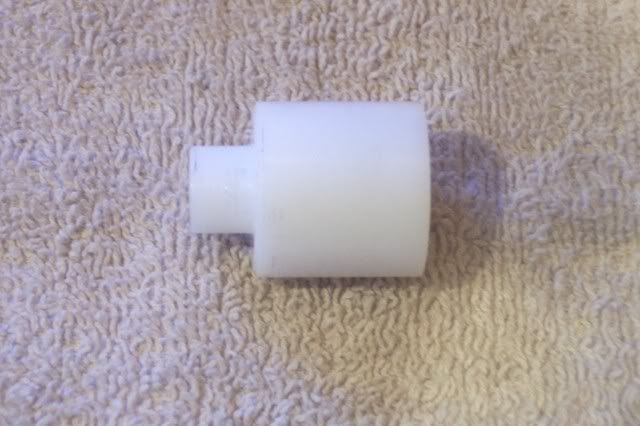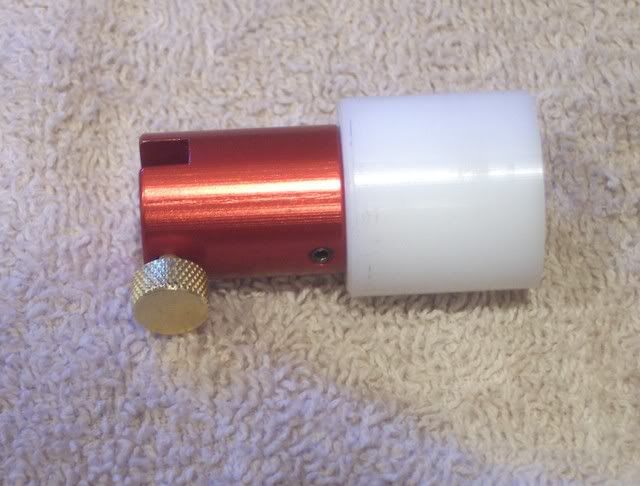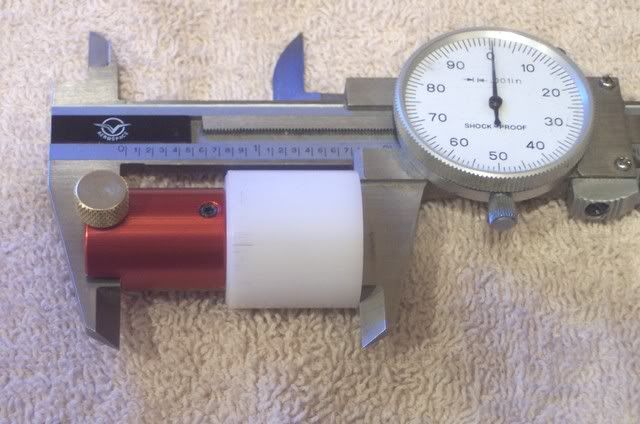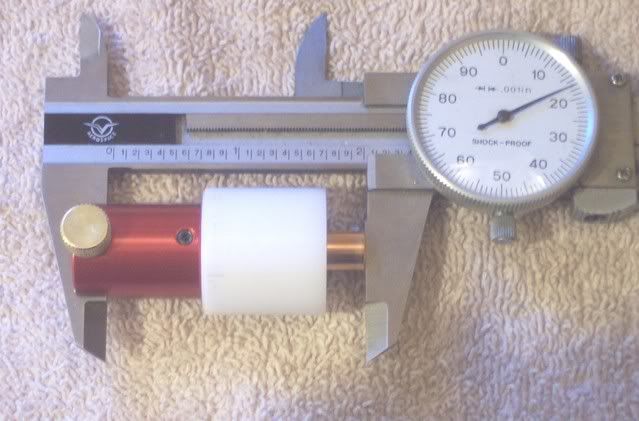The measurements (within a box of bullets) from where the seater stem makes contact, to where a comparitor would make contact, (near to where the rifling would mark a bullet) can vary quite a bit, depending on the manufacturer, and in those cases were there is the greatest variation some sort of sorting can improve the consistency of ogive to case head measurements of loaded rounds, BUT since most of the bullets in the short range benchrest game are hand made, using a single pointing die, this is not much of an issue for that class of bullets. IMO the best way to determine whether you need to measure and sort bullets is to look at the consistency of ogive to head measurements of your loaded ammunition. There are other things besides variation in bullet shape that can cause this variation, so it is important that before you spend money and effort on a fix, that you prove to yourself where the problem is coming from. To the OP...the first thing would be to buy a tool that allows you to measure off of the ogive, near to where the rifling would make contact, to the base of a bullet, or the head of a loaded round's case.







